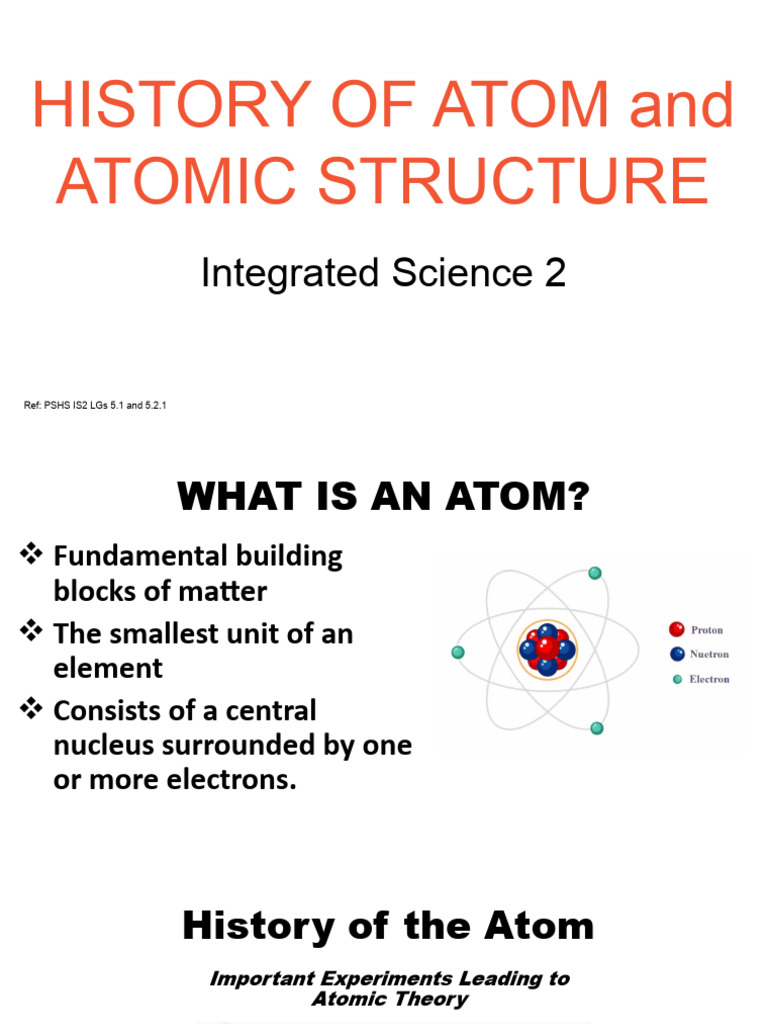The genesis of atoms and particles marks a pivotal moment in the chronicles of the cosmos. To comprehend the inception of these fundamental constituents of matter, one must traverse the epochs that defined our universe’s earliest moments. This narrative unfolds through an intricate tapestry of physical processes, theories, and cosmological events that collectively heralded the emergence of atomic matter.
To commence, it is imperative to explore the prevailing cosmological model known as the Big Bang Theory. This framework posits that our universe originated approximately 13.8 billion years ago from an extraordinarily hot and dense singularity. At this nascent point, the universe was in a state characterized by a primordial plasma of subatomic particles. The unfathomably high temperatures and pressures facilitated conditions ripe for the production of elementary particles, notably quarks, electrons, and leptons.
Quarks, the fundamental building blocks of protons and neutrons, are hypothesized to have formed during the universe’s initial fractions of a second. In this transient epoch, the universe was suffused with energy, enabling quarks to coalesce and bind together through the strong nuclear force. These interactions, governed by the theory of quantum chromodynamics, paved the way for the formation of baryons, specifically protons and neutrons, as quarks triadically combined into composite particles.
Simultaneously, as the universe expanded, it began to cool. This cooling allowed for the formation of fundamental particles to stabilize, culminating in the creation of electrons from high-energy photons via pair production. Electrons, in conjunction with the newly minted protons and neutrons, became vital players in the subsequent structure of matter. The universe’s cooling process, however, was not linear but rather marked by various oscillations in temperature and density, which led to fluctuations in particle interactions.
As we progress through this temporal narrative, we encounter the era known as the ‘recombination epoch,’ which occurred around 380,000 years post-Big Bang. During this critical juncture, the universe had cooled sufficiently to allow electrons to combine with protons, forming neutral hydrogen atoms. The decoupling of matter from radiation during recombination led to the emergence of the cosmic microwave background radiation—an omnipresent echo of this formative period, providing astronomers with invaluable insights into the early universe.
The formation of hydrogen atoms constituted a landmark achievement in the evolution of matter. However, hydrogen, while crucial, was not the sole progenitor of atomic variety. The universe’s subsequent expansion facilitated the creation of helium and trace amounts of lithium through a process known as Big Bang nucleosynthesis. This event transpired within the first few minutes of the universe’s existence. The precise conditions—the ratios of neutrons to protons, coupled with temperature and pressure—were paramount, determining the elemental abundance that would characterize the early universe.
Once neutral hydrogen and helium gas had formed, the universe transitioned into a dark age, lasting until primordial gas clouds began to coalesce under gravitational influence. During this period, the fabric of the cosmos began to change qualitatively. The gravitational pull facilitated the aggregation of matter, leading to the formation of protostars and eventually galaxies, where nuclear fusion would ignite, giving birth to new atoms in stellar cores.
Within the cauldron of these nascent stars, helium atoms underwent fusion, producing heavier elements such as carbon, nitrogen, and oxygen through successive nuclear reactions. This stellar nucleosynthesis is a crucial narrative thread in the evolution of matter. The tumultuous deaths of these stars, through supernovae, further scattered these elements throughout the cosmos, enriching the interstellar medium with the building blocks required for the formation of planets and life.
The trajectory of atomic formation is weaved with the dual threads of ceaseless cosmic evolution and complex physical interactions. Each step, marked by the balance of fundamental forces, exemplifies how nature transitions from simplicity to the intricate atomic structures we observe today. The legacy of the first atoms extends beyond mere existence; it encompasses the very fabric of life on Earth.
In conclusion, the creation of the first atoms and particles is an extraordinary scientific saga chronicling our universe’s evolution from a singularity to a vast expanse teeming with matter. The interplay of fundamental forces, coupled with the dance of particles during extraordinary epochs, has crafted the diverse tapestry of atomic structure we recognize. As scientific inquiry evolves, each discovery sheds light on the enigmatic origins of the universe, inviting further exploration into the very essence of matter. In unraveling these cosmic mysteries, humanity continues to grapple with questions about existence, origin, and the profound interconnectedness of all that is.












